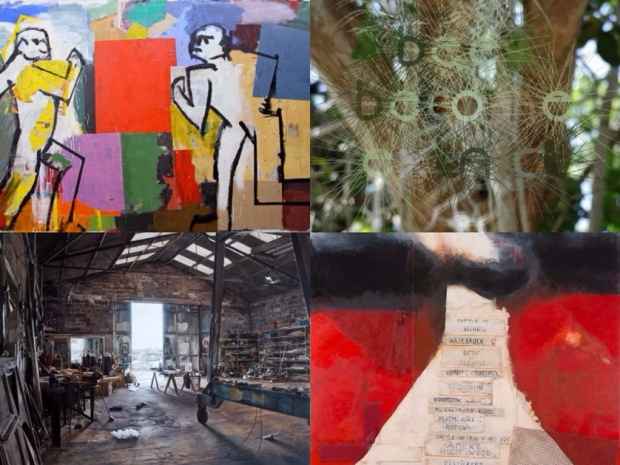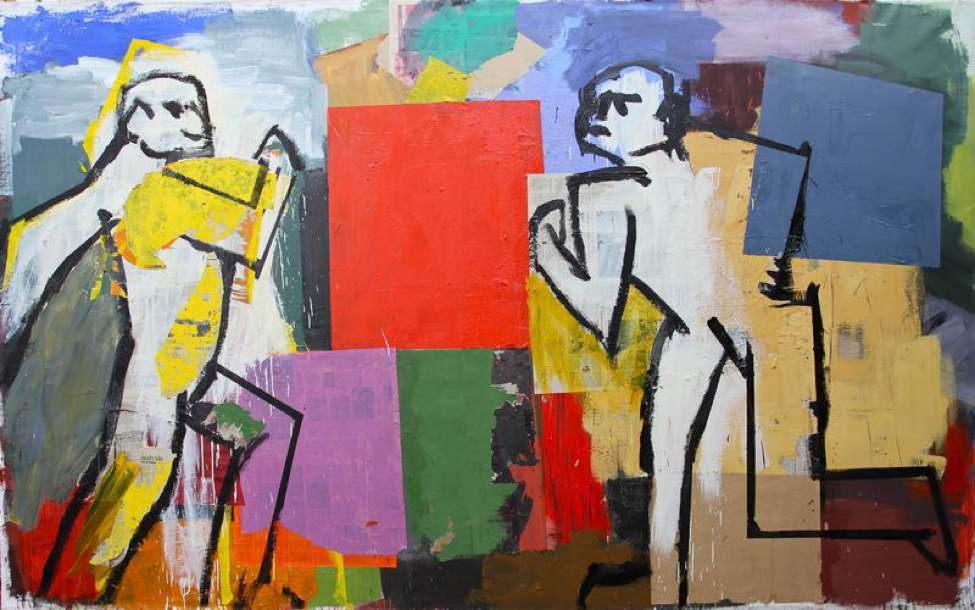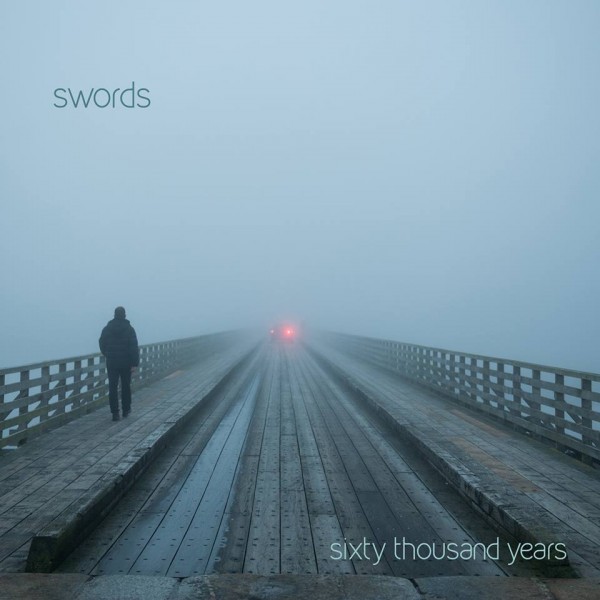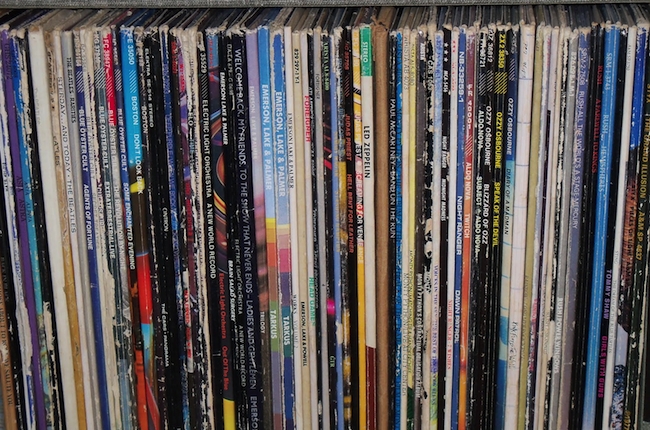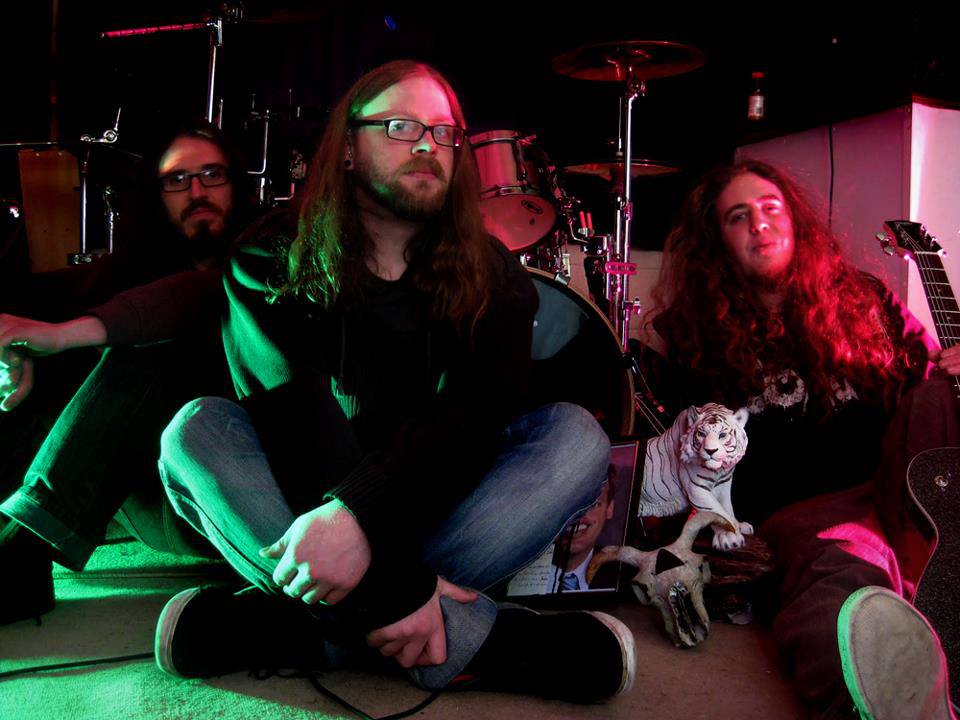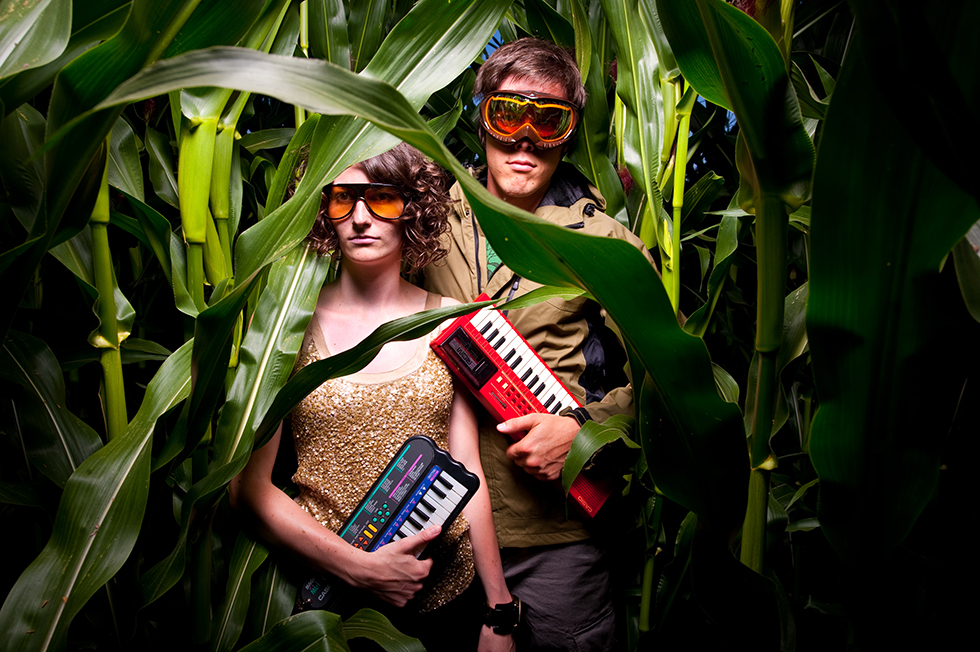2016 has been proposed as a year of reflection for the island of Ireland. While the main focus of this reflection has been channelled towards the centenary of the two conflicts that dominated Ireland – The 1916 Easter Rising – and Europe – The Battle of the Somme – it has also instigated a broader societal reflection on the current state of play of this and many other nations; as well stirring a personal reflection of our own past and familial history. This process is set to continue over the next few years as the centenary of many events that shaped Ireland emerge – the end of World War I, the beginning and end of both the War of Independence and Civil War and ultimately the partition of the island and the declaration of two states. Reflection on a lost time-period can be a powerful metaphor both politically and artistically. The four shows highlighted in this edition of Picture This display different avenues of exploration for this. In Carlow we see Hughie O’Donoghue reflect on the impact war has had on both his family and society as a whole. An exploration and reflection on the impact man has had on the natural world is discussed in a group show in Cork. Dublin plays host to a reflective look on the career of painter Michael Kane. While a more contemplative and reflective tone is struck in Kilkenny via the works of Kevin Cosgrove. One of the primary functions of any art show or work is to spark a dialogue with its audience and encourage them to explore, these four shows do that in abundance so be sure to check them out.
Kilkenny: “The worlds that are subjugated and presented here are meticulously depicted and detailed in oil on linen, with Cosgrove showcasing a larger size than previous exhibitions.”
 Lakeside
Lakeside
Oil on Linen – 2016
What: A Peening Sound
Where: Butler Gallery
When: 29th October to 18th December
It is the industrial sound of the hit from a hammer’s head (a peen) that provides the title for the latest solo show by painter Kevin Cosgrove, which is currently on show in Kilkenny’s Butler Gallery. Entitled A Peening Sound the exhibition sees Cosgrove present the interior of spaces where said hammer may reside – be they workshops, boatyards, garages or hobbyist sheds. His paintings are sans workers but filled with observations on their occupants’ manual undertakings. The worlds that are subjugated and presented here are meticulously depicted and detailed in oil on linen, with Cosgrove showcasing a larger size than previous exhibitions – some pieces eclipse 1 metre in height and approach 2 metres in length. While the confines of these workshops spaces are central to the work, the presence of the world outside is often seen within the paintings themselves, and present on a spiritual level in all. In Lakeside we see a marina peering through metal doors, framed by the interior of the workshop that it is scattering with illuminating light – these doors serve as exits rather than entrances. They pieces become havens of activity, despite their absence of figures; and while Cosgrove’s imagery depicts isolated moments captured in oil, they speak more about the tangible and lasting rather than the distant and ephemeral. A dichotomy exists within the works on display, an unusual balance proposed by the show’s title – an invisible sound created by the brutish blow and action of a physical hammer. These spaces are hubs of activity that have fallen silent but still bear the marks of interaction and engagement. A Peening Sound showcases an artist exploring the inner worlds he encounters while capturing their drama for future contemplations by both artist and audience alike.
Full details on the show are available here.
Carlow: “The result sees lush and large scale paintings that provide a tender but stark response to the impact of war.”
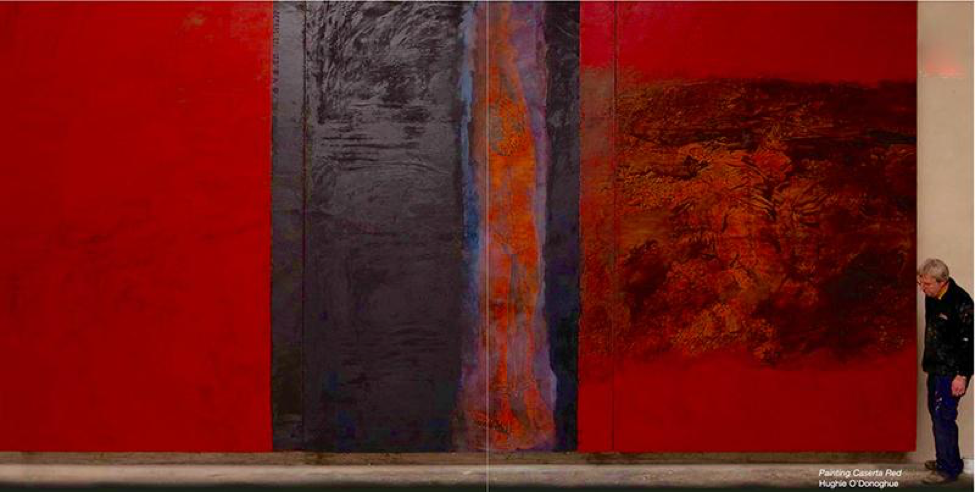 Hughie O’Donoghue – Painting Caserta Red
Hughie O’Donoghue – Painting Caserta Red
What: The Red Earth
Where: VISUAL Carlow
When: 1st November to 29th January
Reflections on the past, in both a familial sense and in a broader cultural and societal impact, forms the core motifs for the latest exhibition in VISUAL Carlow. The show is entitled The Red Earth and features the work of acclaimed British-born, Irish-based painter Hughie O’Donoghue – who on a wonderful tangent designed a set of stain glass windows for The Henry VII Lady Chapel in Westminster Abbey three years ago. O’Donoghue’s ancestry provides the departure point for his work with the lives and personal experiences of his father and grandfather during both World Wars intertwined with the emotion and awareness experienced by the artist himself following extensive research into their movements and actions – O’Donoghue’s grandfather served in the trenches during World War I, while conscription saw his father follow suit a few decades later for World War II. The result sees lush and large scale paintings that provide a tender but stark response to the impact of war. The artist’s grandfather was a railway worker prior to the outbreak of the war and this locomotive connection is expanded on further in the show’s centrepiece – A Distant Thunder. In this we see a reconstruction of a railway carriage used during battles such as the Somme and Ypres for the transportation of men’s bodies from the front and no man’s land, this piece will be activated by a gallery performance at 3pm every day for the duration of the exhibition’s run. The role of Irish towns during The Great War is often forgotten, Carlow itself provided boots for the British Army as well as Armoured Cars. In the decades that followed independence this intrinsic link we provided to the Empire became lost to the annuals of history books when, as a nation, we forged ahead with our own historical rhetoric. This combined and crucial history is reflected in The Red Earth, along with that of O’Donoghue and his family to produce an engaging and emotional exhibition.
Full details on the show are available here
Cork: “As well as exploring the notion that we failed to advance during this time period, the idea that we digressed and caused irreparable damage is also raised and discussed.”
 Andrew Kearney, Moment to Moment
Andrew Kearney, Moment to Moment
Inflated Illuminated Quilt – 2015
What: What if We got it Wrong?
Where: West Cork Arts Centre
When: 28th October to 14th December
It is the simple, but powerful, question proposed by British performance-poet Lemn Sissay in his poem What If? that provides the brief for the current show in West Cork Arts Centre. In his piece Sissay questioned whether the advancements made by mankind since the Industrial Revolution were actually progress at all. Why is it that the growth of industrialism, the expansion of populations and the accumulation of wealth are used as the barometers to gauge progress rather than the shrinking of the ice caps and the reduction of native species? Quite simply What if We got it Wrong? It is this notion, and specifically the ecological side effects of man, that is reflected on and explored in the show by 17 artists using a broad range of mediums including photography, video and print. The works contemplate what effects this perceived progress has had on the biodiversity of the natural world, with many pieces commenting on the impact felt in polar regions such as the Arctic and Norway, as well as others looking at more native impacts in the north and west of Ireland. As well as exploring the notion that we failed to advance during this time period, the idea that we digressed and caused irreparable damage is also raised and discussed – we are in the age of nuclear power a potent but potentially deadly energy source. This show was initially produced by Centre Culturel Irlandais in Paris in the build up to the COP21 climate conference in the French capital. At the talk French President François Hollande invited Irish counterpart Michael D. Higgins to talk on the effects of climate change. While it will invariably be the policies and discussions taking place at political tables that will affect legislation, a culture change is also required in order to drive appetite for this change to manifest itself. What if We got it Wrong? is timely food for that debate.
Full details on the show are available here
 George Bolster, Stills from Un natural History Drowning Captiva
George Bolster, Stills from Un natural History Drowning Captiva
Video – 2014
Dublin: “Kane’s newer pieces are more free form in style and as a result become less observational, in an individualistic sense, which helps the work establish itself in a more collective emotion.”
What: Modality of the Visible
Where: Dublin City Gallery, The Hugh Lane
When: 20th October to 15th January
‘Ineluctable modality of the visible’ – ‘thought through my eyes’: It is these words, spoken by James Joyce’s alter ego Stephen Dedalus in Ulysses, that provides the title for painter Michael Kane’s latest show in Dublin City Gallery, The Hugh Lane. Dublin was Joyce’s canvas for his modernist novel and his character Dedalus is named in homage to Greek mythology’s Daedalus – father to the ill-fated Icarus and builder of the Minotaur’s labyrinth. As with Joyce, Dublin has provided a key inspiration and setting for Kane’s output for the last five decades, in Modality of the Visible we see the fruits of this fixation with works from a broad range of Kane’s back catalogue along with various new pieces of contrasting size. The bulk of pieces on display are either from the 1970’s, using a linocut technique that borders on caricature like portraits of individuals and individual moments in their lives, or paintings from the last few years. These newer works contrast those earlier pieces as we see elements of dadaism and cubism through their rich block colours and elements of collage and montage work. We see newspapers peep through in sections, with cardboard and the remnants of flyers attached to others – the work takes on sculptural qualities albeit in 2D form. Also included in the show is Kane’s 1984 Agamemnon Felled woodcut series which accentuates the dramatic nature of the city’s life, while also echoing the mythological properties suggested in the show’s title. Kane’s newer pieces are more free form in style and as a result become less observational, in an individualistic sense, which helps the work establish itself in a more collective emotion. We see Joggers who cut contrasting figures across a sea of colour, outlines of bikes resting on the edges of canvases as well as other signifiers of life from the urban landscape of a city. Some individual pieces Kane created in the 1950’s are also on display, including the wonderful oil on paper piece entitled Political Speech (Chief Executive). As a whole Modality of the Visible reflects an artist continuing to engage with the Dublin city, finding new avenues for her discourse and new enchanting ways to tell her story.
Full details on the show are available here.

